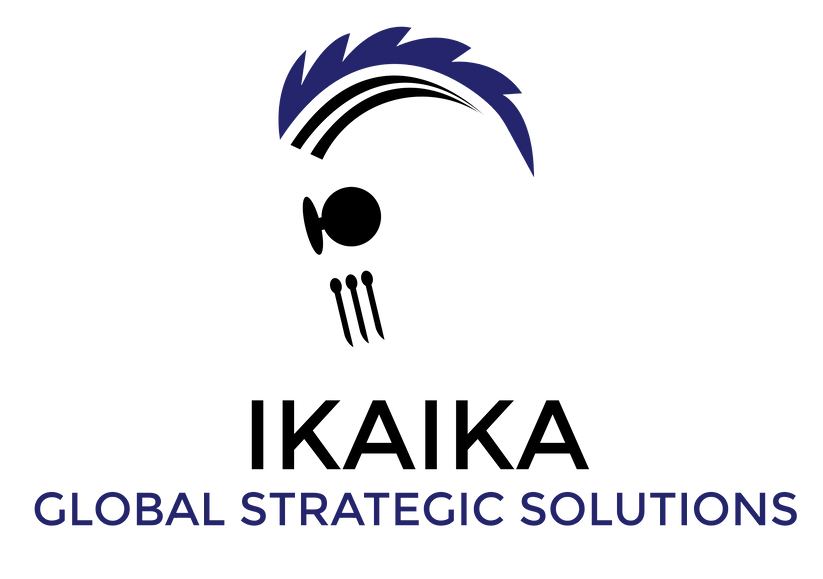Latest Updates
Explore Our Posts
-

Battlefield Success Demands Technological Superiority, Not Just LSCO Focus
The comment is myopic as Ukraine is involved in a LSCO (which is limited not full scale) and this is not the only kind of conflict that is fought. The US most recently wrapped up counter terrorism, counter insurgency (FID and UW) and policing operations. It also has conducted FON, disaster response, DSCA, humanitarian,…
-

National Security Imperative: Why the USG Should Secure the DIB with the Same Commitment as Coalition Networks
In an era where adversaries exploit every vulnerability, the U.S. government’s commitment to coalition networks is exemplary. The DoD and IC lead the charge—designing, engineering, operating, maintaining, and securing these interconnected systems that bind allies in shared defense. It’s a model of proactive stewardship that ensures seamless, trusted data flows across borders. But what…
-

A New Era of Army Acquisition
Great to see decisive leadership at the helm in the Army! As a former Battalion Commander, I vividly recall pitching a cost-saving solution to replace our outdated WIN-T JNNs and CPNs with COTS VSAT antennas and newer, more capable baseband, backed by hard budget numbers. Despite the evidence, the idea was shelved—likely due to…













